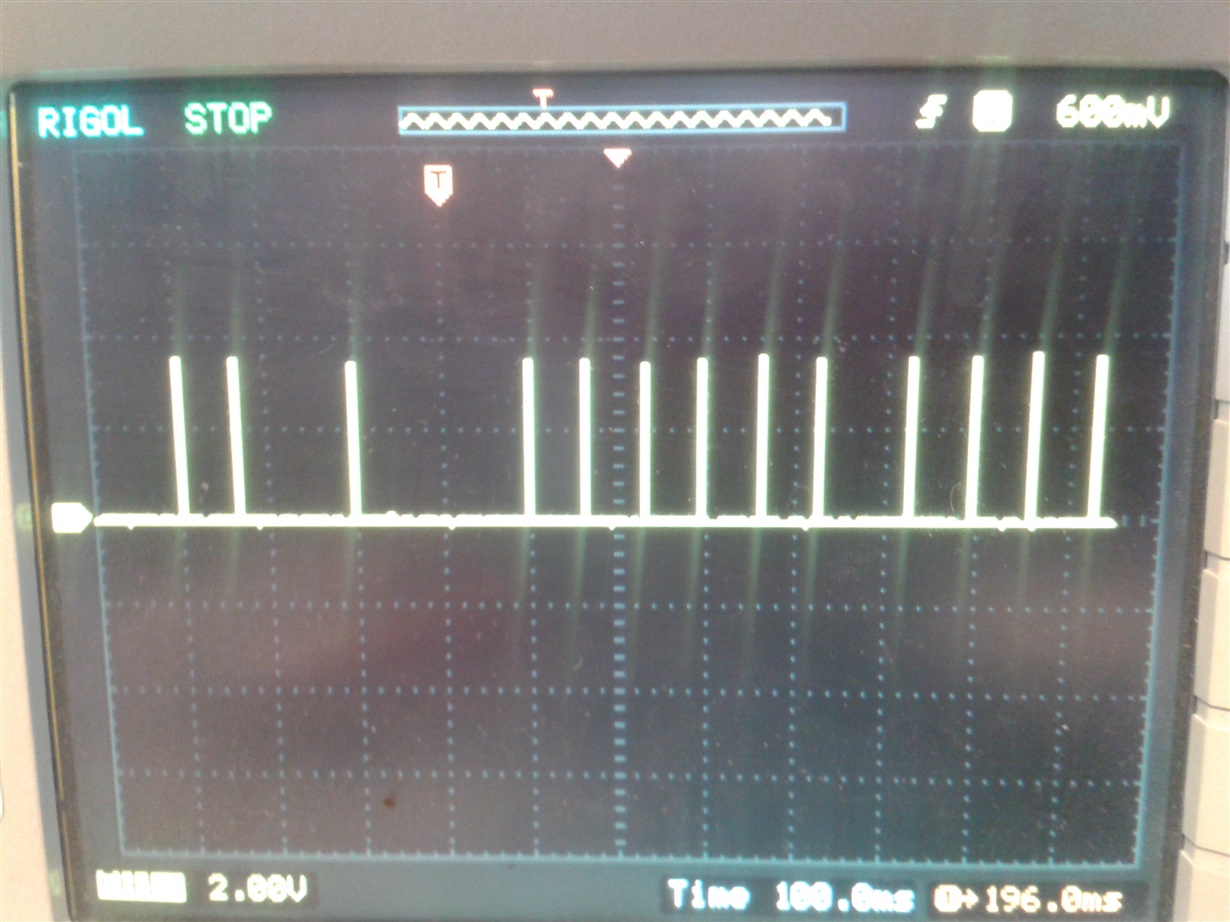Hello,
We are using an ASD131e04 and n the datasheet we have
tSDECODE Command decode time = 4 tCLKs ,tCLK = 444 ns, lets say = 4 * 444 = 1776 ns we get a max SPI speed of 563 byte/sec 4,504 MHz ?
if we use 64 Khz we will get 1 data each 15 us ,data frame is 11 bytes, 11 * 8 * 1 / (4,504Mhz ) = 19 us to read the frame with SPI i think i'm missing some thing
and it seems to me that continous mode should meet the tSDECODE spec also ?
best regards


